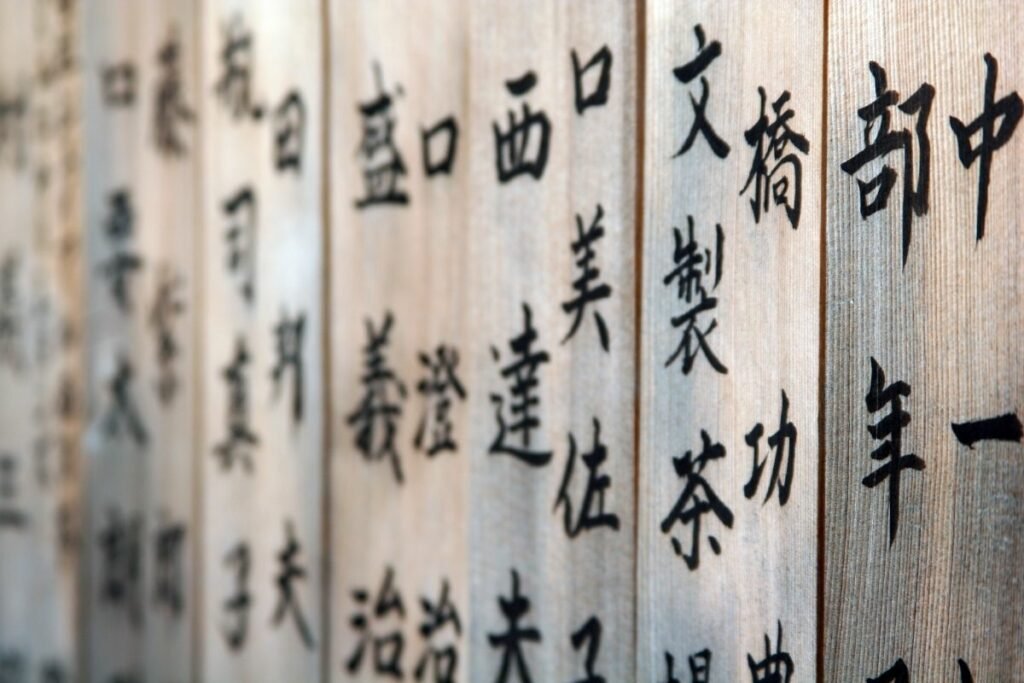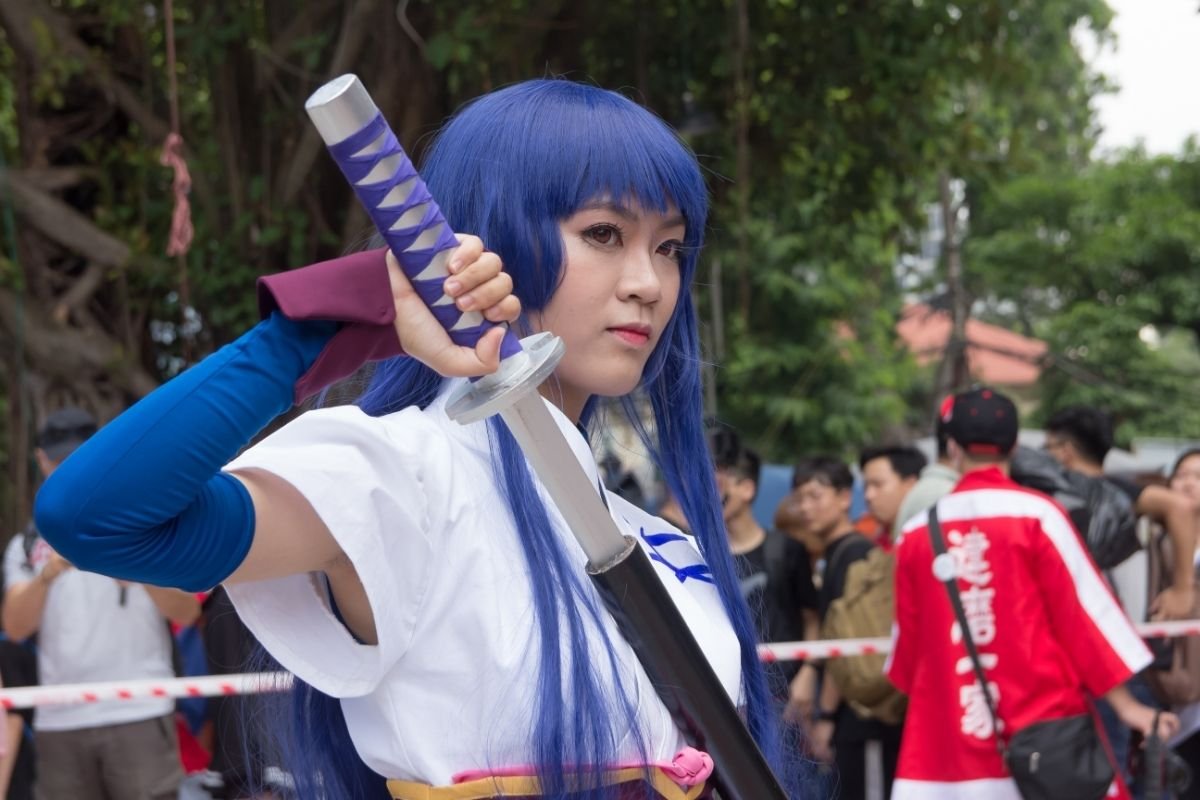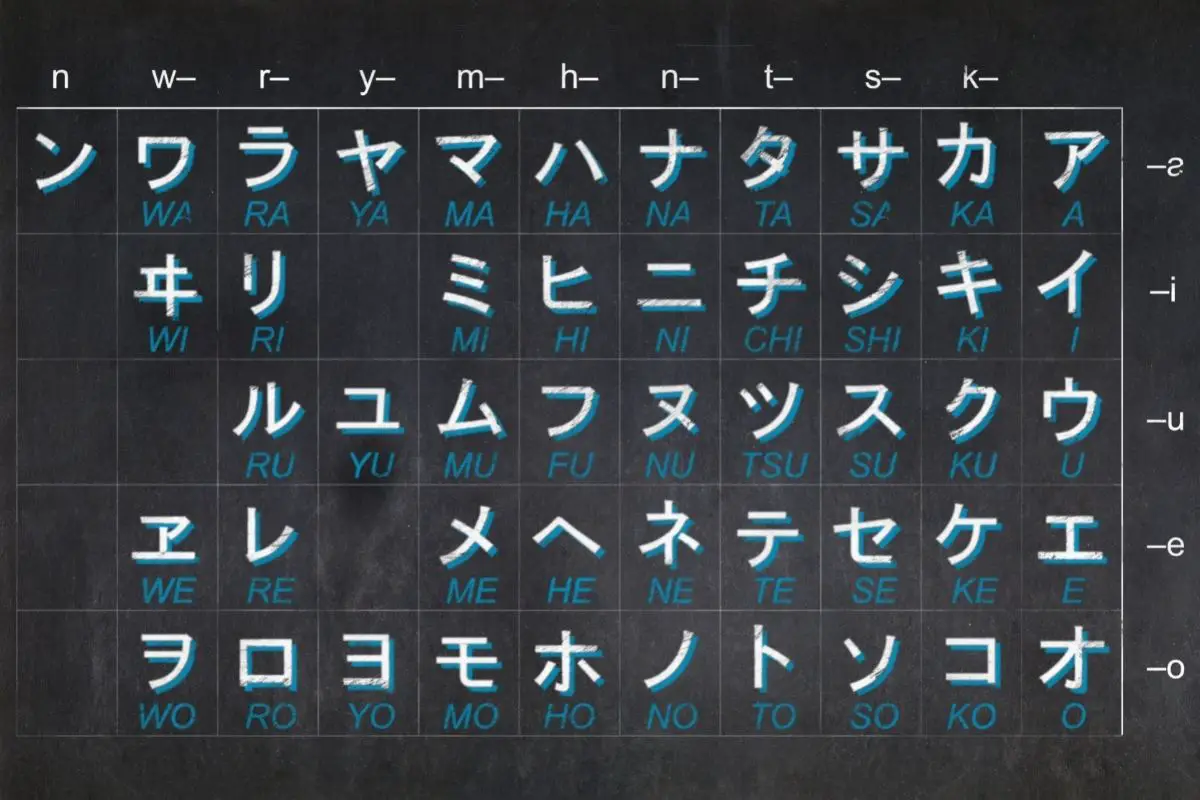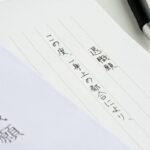Have you ever picked up a Japanese book or comic, and immediately become confused when flicking through the pages?
If you were not aware that most Japanese books were written ‘backwards’, it can be a surprising discovery.
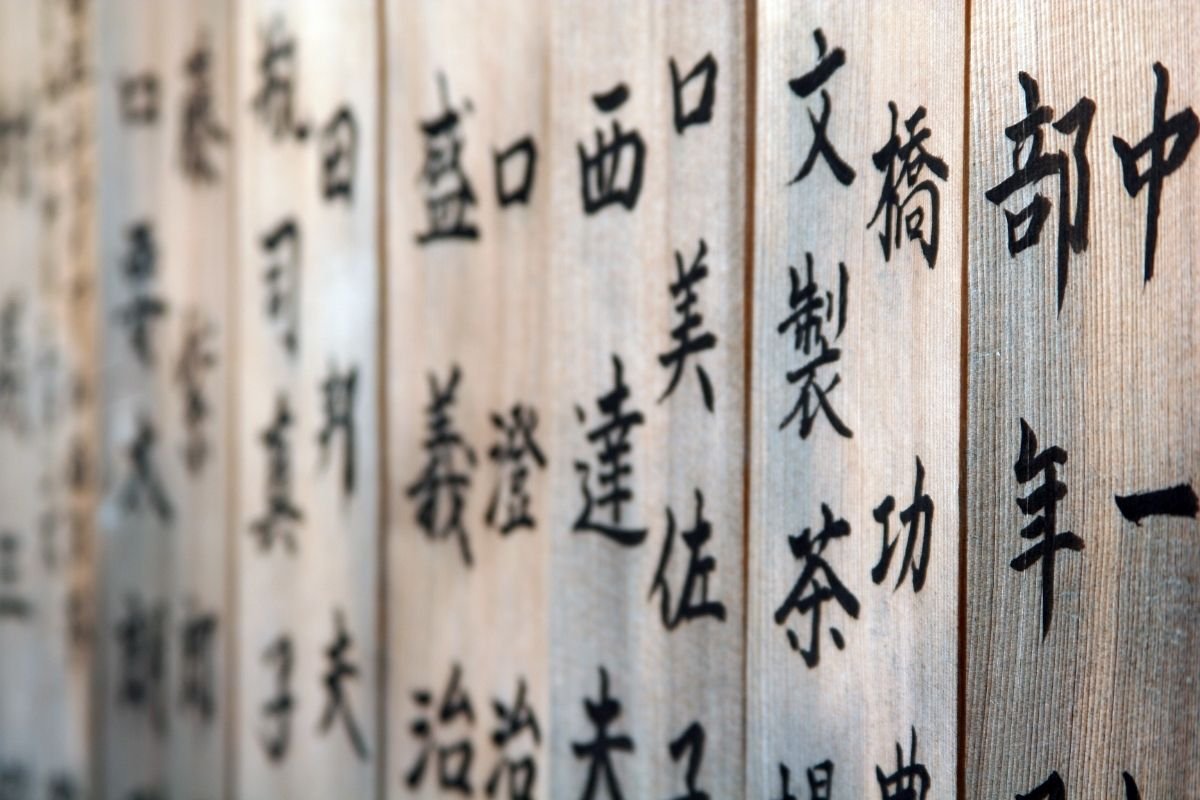
You may be wondering why they are produced this way, when many of us have become accustomed to the Western world of literature from a young age, in which we are used to reading from left to right.
Whether you are currently learning the Japanese language (see also ‘Why Does Japanese Have 3 Alphabets?‘), or you have picked up a manga from the bookstore, you are probably pretty confused.
Let’s find out why Japanese books are written, and read, from right to left, rather than left to right, as we have come to expect.
Why Are Some Japanese Books Written Backwards?
This is a question that many Japanese language students have, especially upon discovering that their textbooks’ words and sentences are written from left to right.
To fully understand why Japanese books are written in this way, we need to look at the modern Japanese writing system, and understand how it works in comparison to our own writing systems.
The Modern Japanese Writing System
The modern Japanese writing system was first developed during the 4th century AD, and is still being used in the present day.
Japanese text is typically written vertically, from top to bottom, with many columns of text moving from right to left. The text is usually written left to right when written horizontally, with numerous rows flowing downhill, just like in conventional English writing (see also ‘How Many People In Japan Speak English?‘).
There were a few instances of horizontal text written right to left in the early to mid-1900s, but that style is now uncommon in modern Japanese writing.
So, while some pieces of Japanese texts are written right to left, the most commonly used format is the same as what we are familiar with: left to right, page by page. But, as we said, some texts are still written from right to left.
The Direction Of The Writing
Depending on the text, several East Asian scripts can be written either horizontally or vertically, and have been done so over the years. This may seem unusual to individuals who have spent their lives reading English literature and only know how to read horizontally from left to right.
Some of the languages that use the vertical (top to bottom) format are Chinese, Korean, and of course, Japanese.
These languages were traditionally written vertically, from top to bottom, in columns that are organized from right to left, with each successive column beginning to the left of the previous one.
Why were texts in these languages written this way? Well, it is because Chinese characters, Japanese kana, and Korean Hangul all have stroke orders and directions that make writing easier in this format.
In modern day Japanese writing, as well as modern day Korean and Chinese, the direction of the writing in a text depends on which writing format has been used to produce that particular text.
More often than not, Japanese texts are now written from left to right. This is partly due to the influence of the English language.
There are two formats that are typically used in the modern Japanese writing system: tategaki (縦書き) and yokogaki (横書き).
Yokogaki is most commonly used in today’s world, but tategaki is still being applied when certain texts are being written.
If you have clicked on this article, wondering why some texts are written and read from right to left, you are most likely talking about the tategaki format.
Tategaki (縦書き) – Reading Vertically Right To Left
Japanese was traditionally written in vertical columns. These sections were read from right to left, from top to bottom, as opposed to being written left to right, side to side.
This style of writing is known as tategaki, and has been around for a very long time.
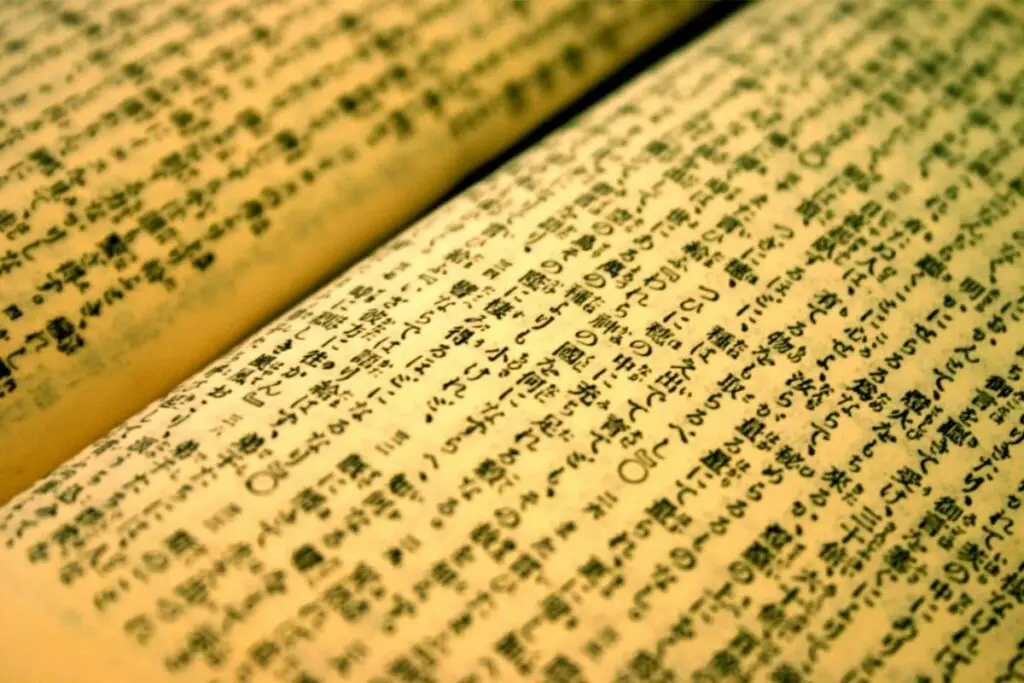
The characters 縦書き roughly translate to the words vertical writing in English text.
However, it is not as commonly used in this day and age, and has become quite outdated.
While this format is still being used today, it is usually reserved for more traditional forms of writing, such as greeting cards, personal letters, and select works of literature.
To read a piece of text written in the tategaki format, you will need to begin at the top of the right-hand column and work your way down, reading the characters from top to bottom.
Then, starting at the top of the next column to the left, repeat the process.
So, to readers from the Western world, this style of writing can get pretty confusing: not only does it read right to left, but it also reads top to bottom, instead of across the page!
This can take some getting used to if you are not familiar with the tategaki format.
Yokogaki (横書き) – Reading Horizontally Left To Right
Most Japanese texts will read from left to right, page to page, in horizontal lines – just like many of us are more accustomed to.
This style of writing is known as yokogaki, and it has been popularly utilized since the mid-to-late 20th century.
The characters 横書き roughly translate to the word horizontal in English text.
As we mentioned earlier, one of the reasons that Japanese texts were written from left to right, instead of right to left, was due to the influence of other languages.
It becomes more convenient to write in this manner, especially when two languages are being combined in one text, if one language is being referenced in another.
Academic texts, for example, are commonly written this manner since they sometimes include phrases from other languages, such as English, which are more conveniently inserted and easily read while written horizontally.
Right To Left, Horizontally?
Before the Second World War, Japanese texts would sometimes be written and read from right to left, but horizontally instead of vertically.
Despite tategaki being the preferred printing style at the time, horizontal text was occasionally utilized for capacity or stylistic purposes if the text would not fit vertically.
Examples of this would be a sign on the front of a store: it made more sense for the sign to stretch across horizontally, therefore they would need to fit the words in that space.
The only way to do so was to write the words horizontally, as they would not fit vertically.
However, instead of writing the words left to right, as we would expect – and would be later used while using the yokogaki format – the characters would still be written and read from right to left.
Final Thoughts
In conclusion, while many Japanese texts still use the tategaki format (vertically right to left), it is not as popularly utilized in this day and age. Instead, the tategaki format is used, which is styled in the same fashion as the English language.
We hope this article has cleared up your confusion.
Thank you for reading!
読んでいただきありがとうございます。

